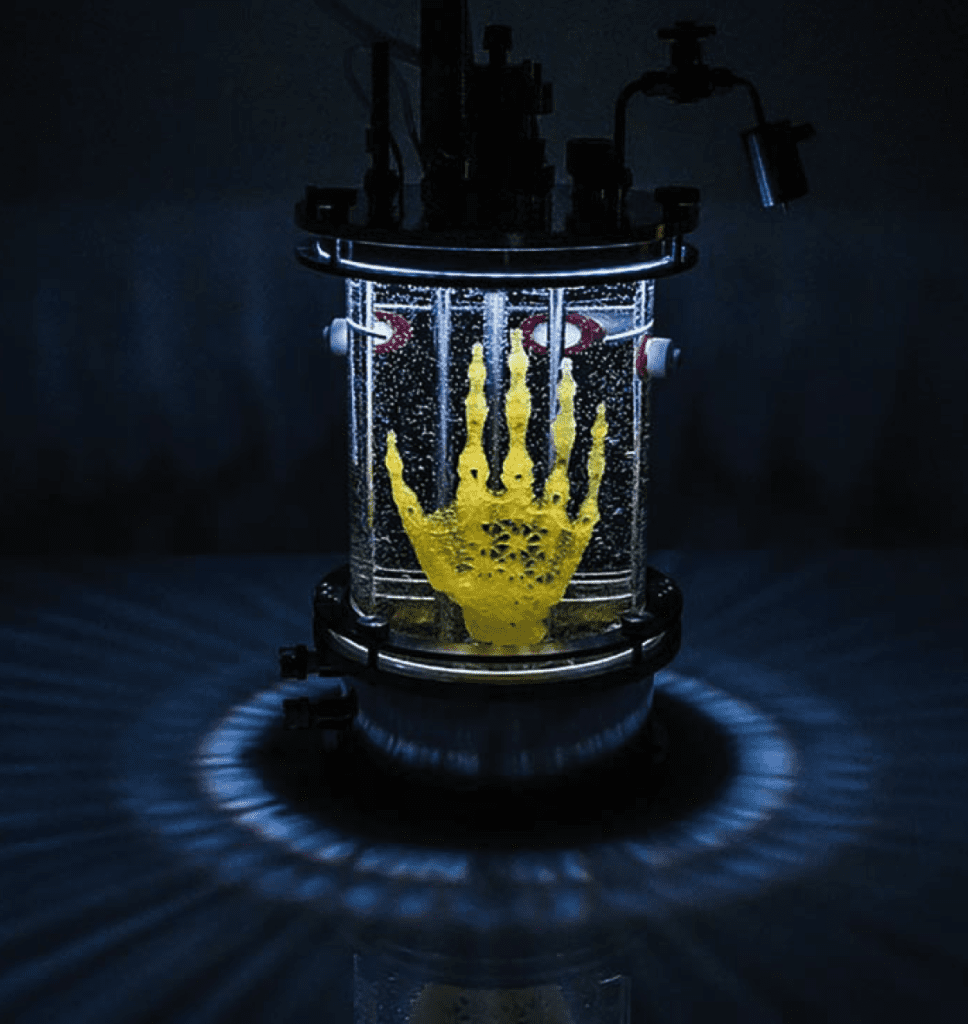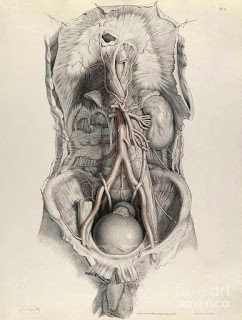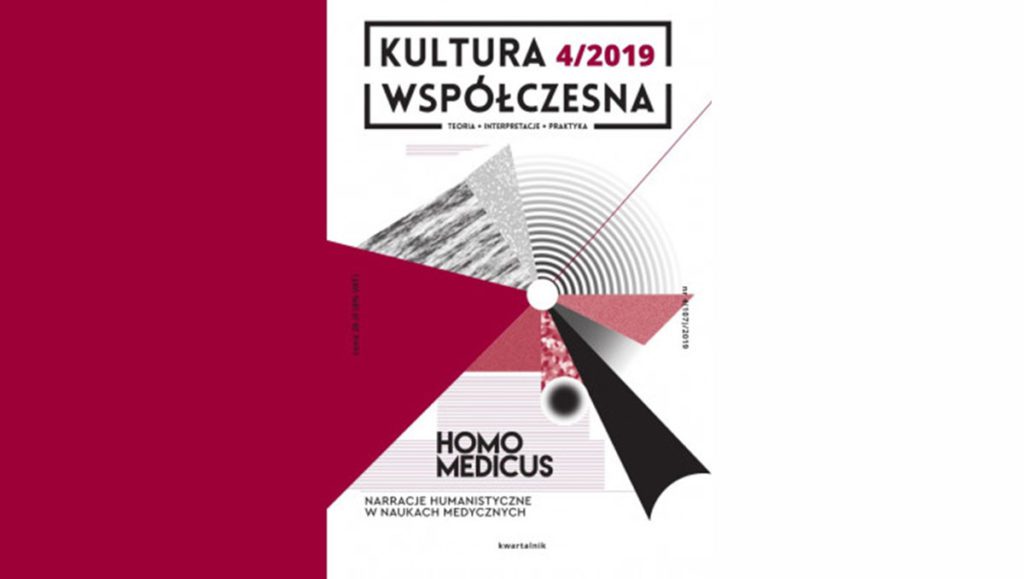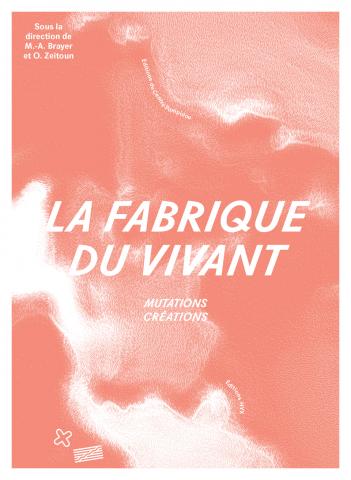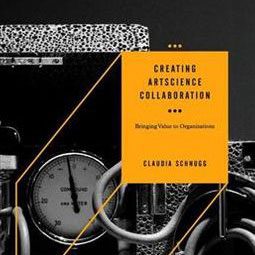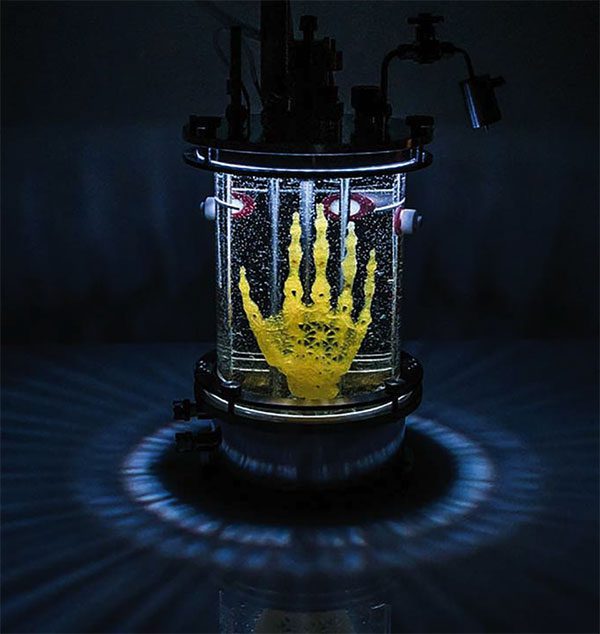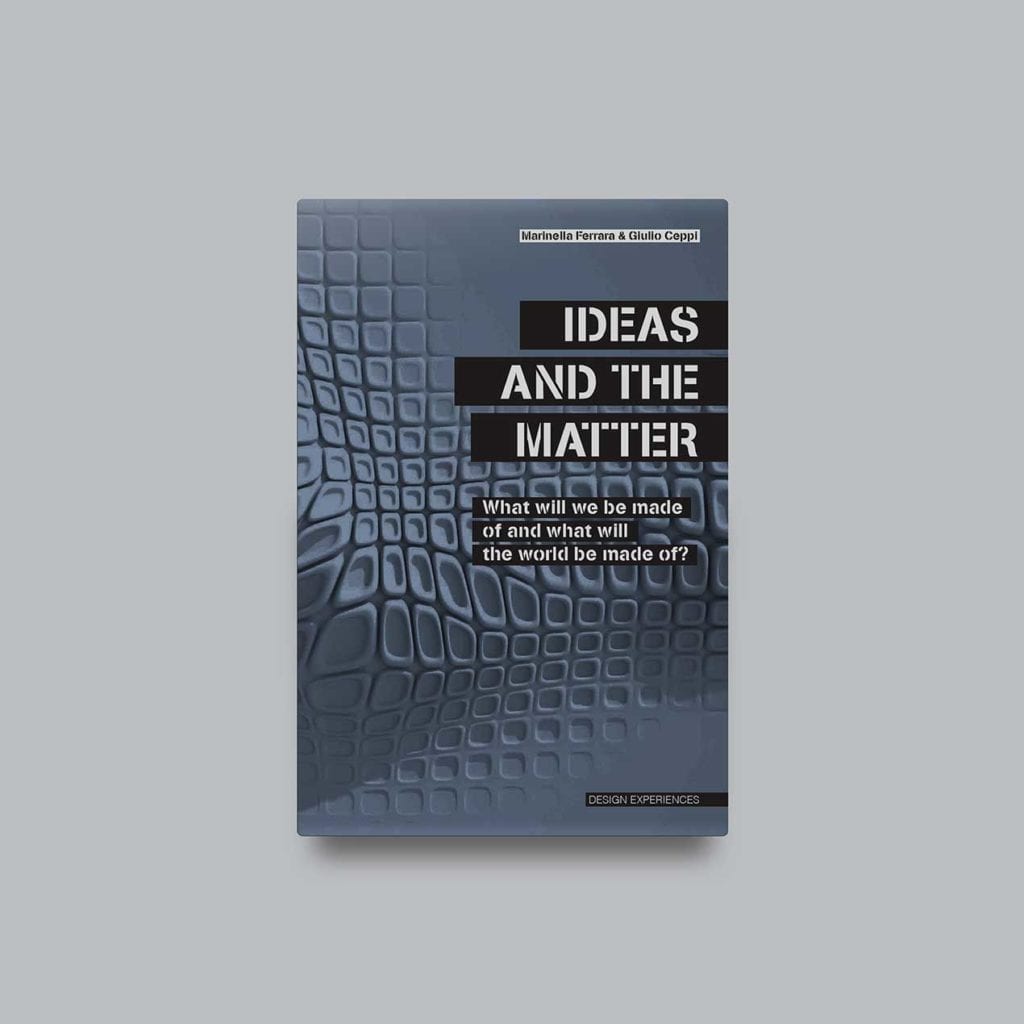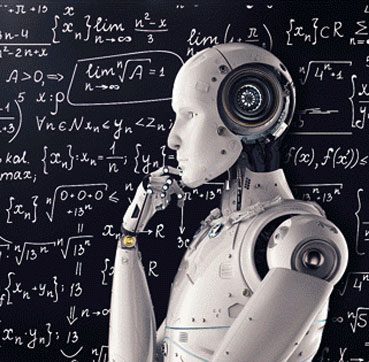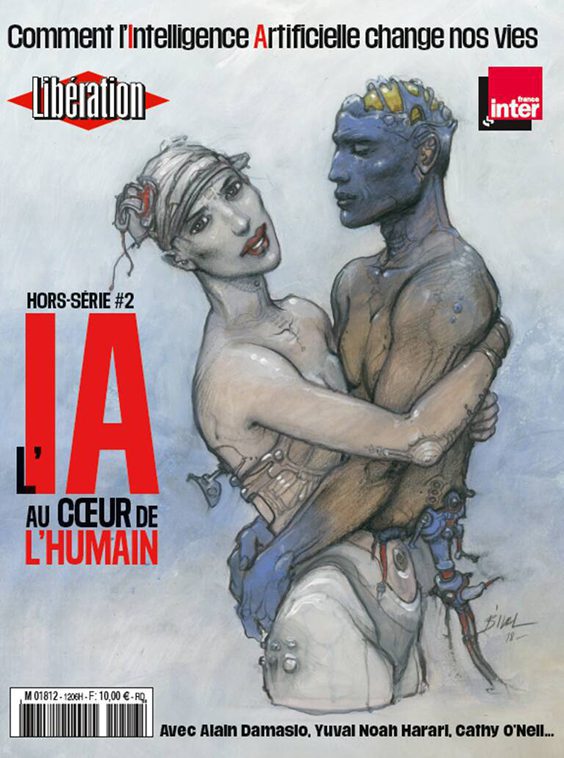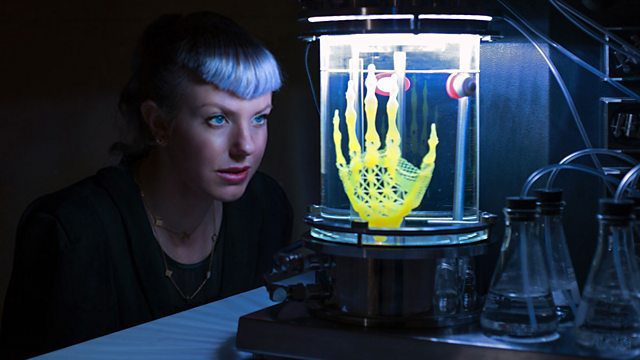BIOTECH + ART
Although Amy Karle’s project, Regenerative Reliquary, pushes the boundaries of modern stem cell research, it also raises some crucial ethical and philosophical questions about the use of stem cells. Is it acceptable to swap our organs with designer organs? Should we be required to have regular organ replacements to elongate our lives? Should we be allowed to have more than four limbs?

